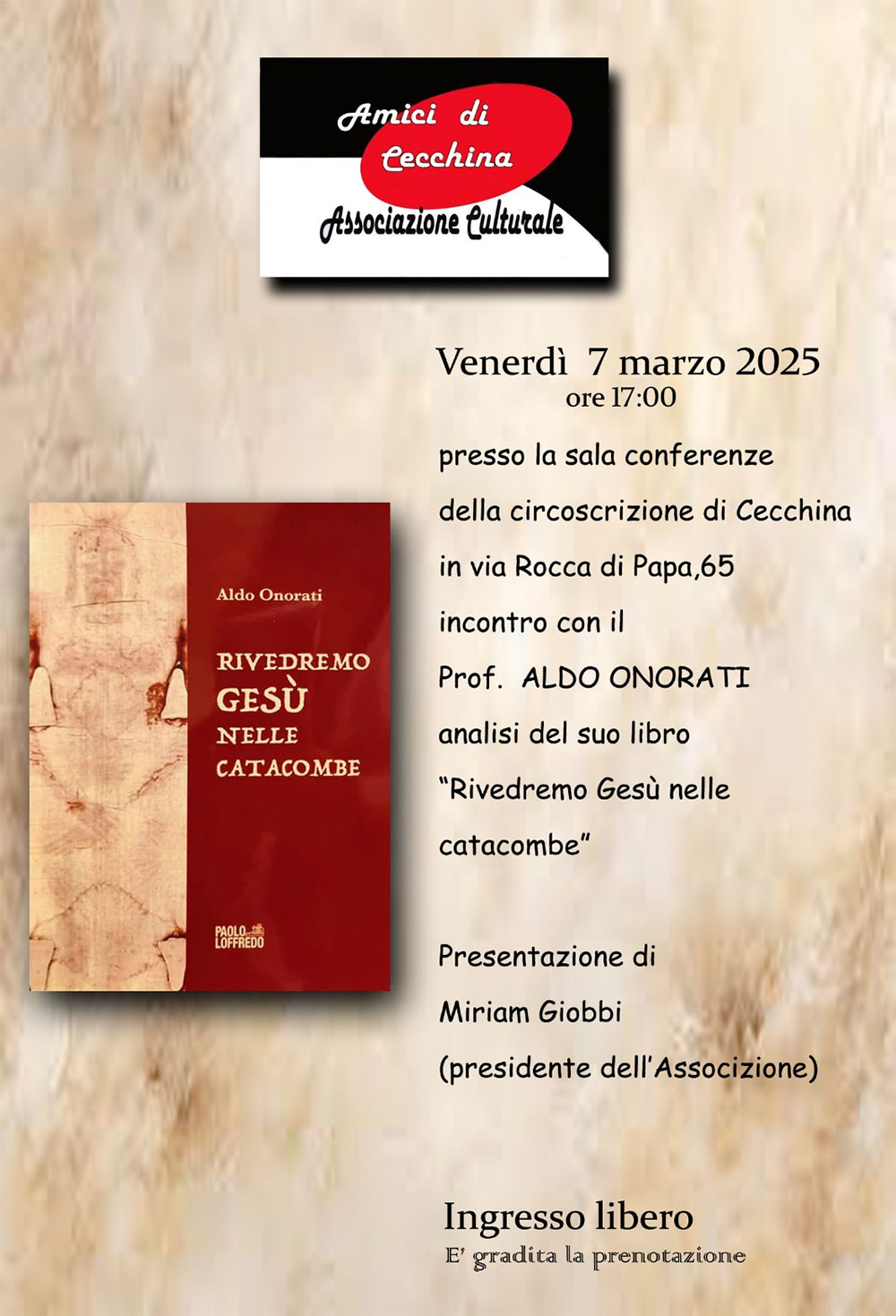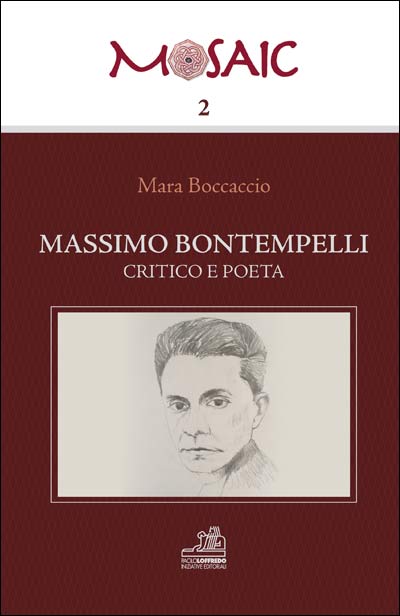 Paolo Loffredo, sixth generation of a large family of publishers and booksellers engaged in the production and distribution of books since the late nineteenth century, creates in 2012 the new editorial company Paolo Loffredo Editore. The historical site was until the '80s in the heart of the historic centre of Naples in Via San Biagio dei Librai, lower Decumano and also known as the SpaccaNapoli.
Paolo Loffredo, sixth generation of a large family of publishers and booksellers engaged in the production and distribution of books since the late nineteenth century, creates in 2012 the new editorial company Paolo Loffredo Editore. The historical site was until the '80s in the heart of the historic centre of Naples in Via San Biagio dei Librai, lower Decumano and also known as the SpaccaNapoli.
At the beginning of the twentieth century, Giuseppe Loffredo decided to add book selling to the book production, which definitively imposed itself after World War II with the publication of manuals for the University and for the School that succeeded in establishing themselves soon throughout Italy.
LAST EVENT
"Rivedremo Gesù nelle catacombe"
07 Marzo 2025 - Sala Conferenze circoscrizione di Cecchina - via Rocca di Papa 65, Albano Laziale (RM) - ore 17,00

Mosaic - Massimo Bontempelli, Critico e poeta
ISSN 2611-1470
Language: Italian
Publisher: Paolo Loffredo Iniziative Editoriali Srl

Description
Massimo Bontempelli. Critico e poeta
In this volume, which adds a new piece to the research on Massimo Bontempelli, we examine his extensive artistic production (poetry, narrative and theater) and re-read his essay works in relation to the social and political context in which they were developed. We analyze two tables, creative and critical; the investigation is circumscribed at chronological and thematic level and two different approaches are followed, analytical on the one hand and compared on the other. The textual reading considers the various parallel phenomena present in the Bontempellian work, investigating in detail the two recognized poetic works and some narrative and theatrical texts; the socio-cultural, however, historically places those written in the debates that accompany their genesis and reception. The dual method responds to the need to deepen the poetry of an author who, through collaboration with many artists of his time, contributed to the modernization of the artistic message and prophesied its possible developments.



